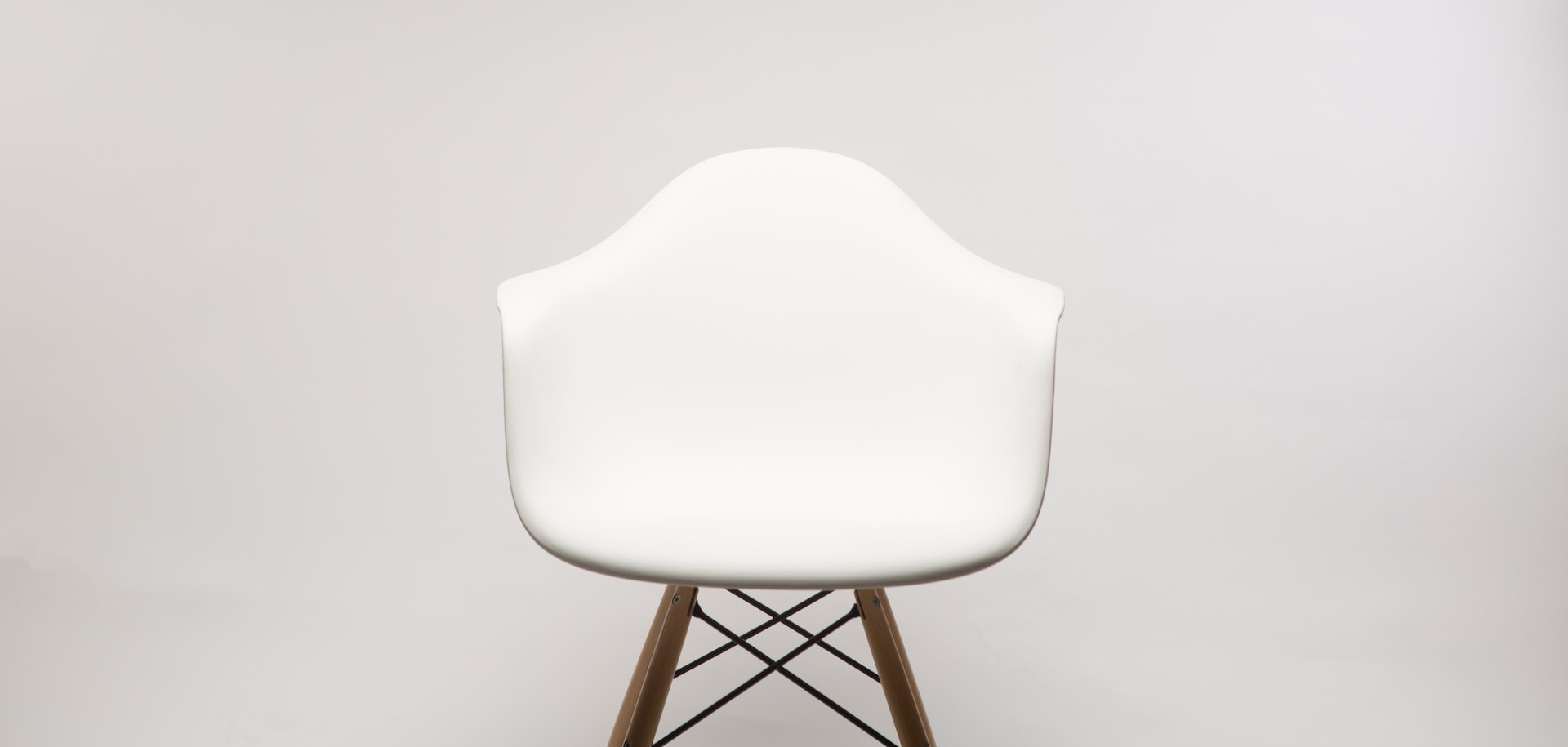Movement
Chair Exercises: Staying Active While Seated

As we age, our bodies may not always cooperate with our youthful spirits. Our knees might creak, our backs might ache, but that doesn’t mean we should give up on staying fit and active. In fact, it’s quite the opposite! Staying active is crucial for maintaining our health and vitality as we age. Today, we’re going to explore the world of chair exercises, a fantastic way to keep moving without putting too much strain on those stubborn joints.
You might be thinking, “Chair exercises? Isn’t that an oxymoron?” Well, let me tell you, it’s not. Chair exercises can provide a low-impact, yet effective workout for people of all ages, especially for us seasoned folks.
Seated leg lift
Let’s start with a simple one, the seated leg lift. While sitting straight in your chair, extend one leg out in front of you. Hold for a few seconds, then lower it back down without letting your foot touch the floor. Repeat this 10 times per leg. Not only does this exercise strengthen your quadriceps, but it also improves your balance and coordination.
Seated twist
Next, let’s try the seated twist. Sit up straight and place your right hand on your left knee. Slowly twist your torso to the left, using your hand on your knee as leverage. Hold for a few seconds, then return to the center. Repeat on the other side. This exercise is great for your obliques and can help improve your posture and flexibility.
Seated jumping jacks
Now, how about adding some cardio to the mix? Yes, you heard me right, cardio while seated! Try some seated jumping jacks. While seated, open your arms and legs wide, then close them back up. Repeat this motion as quickly as you can for about 30 seconds. This exercise helps to get your heart rate up and works several muscle groups at once.
But what about nutrition? Well, while you’re seated, why not enjoy a healthy snack? Try a handful of almonds or a piece of fruit. These foods are packed with nutrients that can help fuel your workout and keep you feeling energized.
And let’s not forget about mental wellness. Exercise is a great way to boost your mood and reduce stress. While you’re doing your chair exercises, why not take a few moments to practice mindfulness? Focus on your breath, the way your muscles feel, and the sensations in your body. This can help you stay present and focused, which can improve your overall well-being.
Remember, it’s not about how intense your workout is, it’s about staying active and moving your body in a way that feels good to you. Chair exercises are a great way to do that, especially as we age. So, grab a chair, and let’s get moving!

HAROLD J FERENCZI
January 2, 2024 at 2:13 am
As a Seasoned Gym Enthusiast at 80 years old (2 to 3 times a week). It is not the weights although I do push the envelope, No matter how heavy or light, it is FORM AND FUNCTION to allow the most stretch and work ethic. Heavy some days and more reps and lighter weights other days.